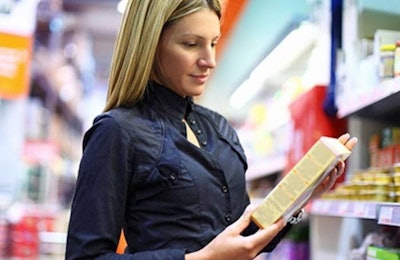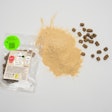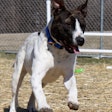
A working group of the Association of American Feed Control Officials (AAFCO) proposed reclassifying several species of microorganism used as probiotics in pet food, reported David Dzanis, D.V.M., Ph.D., in his Petfood Industry column. AAFCO announced the changes at their meeting held from July 30 to August 1, 2018, in Fort Lauderdale, Florida, USA. These proposed changes still need to be accepted by the AAFCO membership at large before taking effect.
AAFCO’s working group members proposed dropping the names of four species to maintain consistency with currently accepted scientific nomenclature. In all four cases, the probiotic bacteria would be reclassified as other existing species, all of which are already have AAFCO definitions. This means that pet food labels can be revised without needing further ingredient definitions to be established.
These four species of probiotic microorganism may be renamed:
- Lactobacillus bulgaricus à Lactobacillus delbrueckii
- Lactobacillus cellobiosus à Lactobacillus fermentum
- Lactobacillus lactis à Lactobacillus delbrueckii
- Proprionibacterium shermanii à Proprionibacterium freudenreichii
If these changes are accepted by all of AAFCO, pet food companies will have until January 2022 to make changes.
Probiotic microorganisms in the pet food industry
Probiotics used in the pet food industry primarily are either bacteria from the Lactobacilli and Bifidobacterium species or yeast, such as Saccharomyces cerevisiae boulardii. These same species appear in human probiotic supplements, which have grown in popularity over the past few decades.
“I think it’s obviously a very strong trend and we understand the value that it brings,” Bart Dunsford, Ph.D., business development manager with Lallemand Animal Nutrition, told Petfood Industry. “Consumers are doing it for themselves and are realizing it’s okay. So, they need them for their pets as well. It’s a bridge between themselves, what they eat and helping the overall wellbeing of their animal.”


















